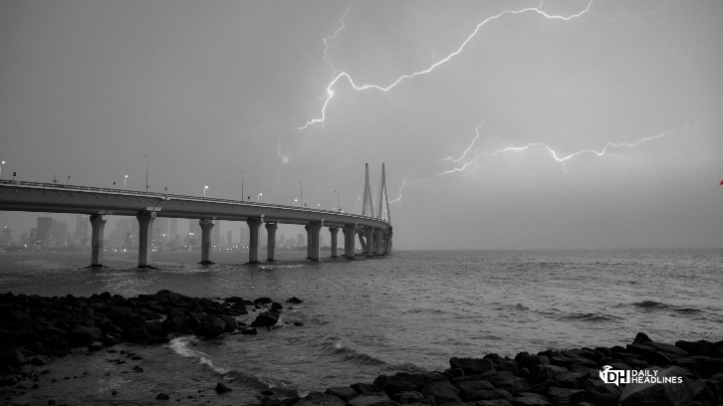The 2025 monsoon rains sweeping across Pakistan have resulted in at least 111 deaths, including 53 children, since late June, according to official data released by the National Disaster Management Authority (NDMA). With further heavy rainfall expected in the coming weeks, concerns over flood preparedness and climate vulnerability are growing rapidly.
The NDMA reported a terrible number of fatalities from rain-related occurrences between June 26 and July 14. Flash floods were the second most common cause of death, after electrocution. One of the most tragic incidents happened in late June when 13 tourists were washed away by unexpected floodwaters while seeking cover close to an elevated riverbank.
The majority of fatalities have been reported from Punjab, Pakistan’s most populous province. Urban areas such as Lahore and Faisalabad have been hit particularly hard, with power outages, submerged roads, and damaged homes becoming a daily reality. The monsoon rains have also severely disrupted rural life, damaging crops and livestock that are critical to local economies.
The Pakistan Meteorological Department (PMD) has warned that the northern and eastern regions are still under threat from further heavy rain, with potential for urban flooding, landslides, and structural damage due to strong winds. The agency continues to issue daily alerts urging residents to avoid low-lying areas and stay updated with local advisories.
About 70–80% of South Asia’s yearly rainfall falls during the monsoon season, which is essential for agriculture but also increasingly dangerous. For the millions of farmers in Pakistan who depend on the monsoon rains for crop growth and food security, they are extremely important. Rainfall patterns, however, are becoming increasingly irregular and unpredictable due to climate change.
“We are seeing a change in monsoon intensity and distribution, and South Asia is getting hotter,” a climate expert from Islamabad University stated. However, it is still difficult for scientists to pinpoint the precise connection between monsoon behavior and global warming.
In recent years, Pakistan has seen a sharp rise in the frequency and intensity of extreme weather events. In 2022, devastating floods submerged one-third of the country, killing more than 1,700 people and displacing millions. Some regions affected during that disaster are still struggling to recover. As recently as May 2025, severe storms and hailstorms took at least 32 lives across the country.Emergency services are on high alert as the monsoon rains persist through September.
Rescue and relief operations have been mobilized in many regions, but locals claim the response is often delayed and under-resourced. Given Pakistan’s 240 million population and climate vulnerability, experts stress the urgent need for investment in disaster-resilient infrastructure and early warning systems.
For now, residents in flood-prone areas are bracing for what lies ahead, hoping that history does not repeat itself with even deadlier consequences.







